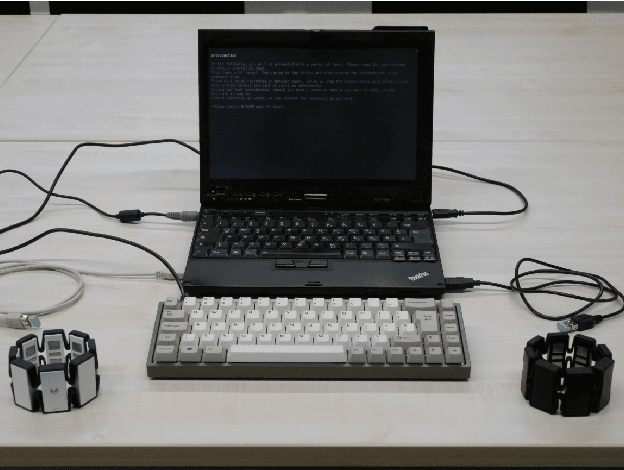Annemarie Mattmann
My Armband Leaks Passwords: An EMG and IMU Based Keylogging Side-Channel Attack
Dec 04, 2021



Abstract:Wearables that constantly collect various sensor data of their users increase the chances for inferences of unintentional and sensitive information such as passwords typed on a physical keyboard. We take a thorough look at the potential of using electromyographic (EMG) data, a sensor modality which is new to the market but has lately gained attention in the context of wearables for augmented reality (AR), for a keylogging side-channel attack. Our approach is based on neural networks for a between-subject attack in a realistic scenario using the Myo Armband to collect the sensor data. In our approach, the EMG data has proven to be the most prominent source of information compared to the accelerometer and gyroscope, increasing the keystroke detection performance. For our end-to-end approach on raw data, we report a mean balanced accuracy of about 76 % for the keystroke detection and a mean top-3 key accuracy of about 32 % on 52 classes for the key identification on passwords of varying strengths. We have created an extensive dataset including more than 310 000 keystrokes recorded from 37 volunteers, which is available as open access along with the source code used to create the given results.
* 24 pages, 10 figures, the source code is available at https://github.com/seemoo-lab/myo-keylogging and the dataset is available at https://doi.org/10.5281/zenodo.5594651
 Add to Chrome
Add to Chrome Add to Firefox
Add to Firefox Add to Edge
Add to Edge